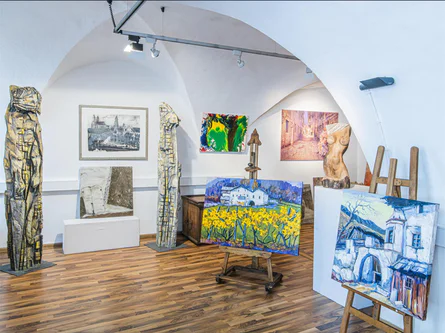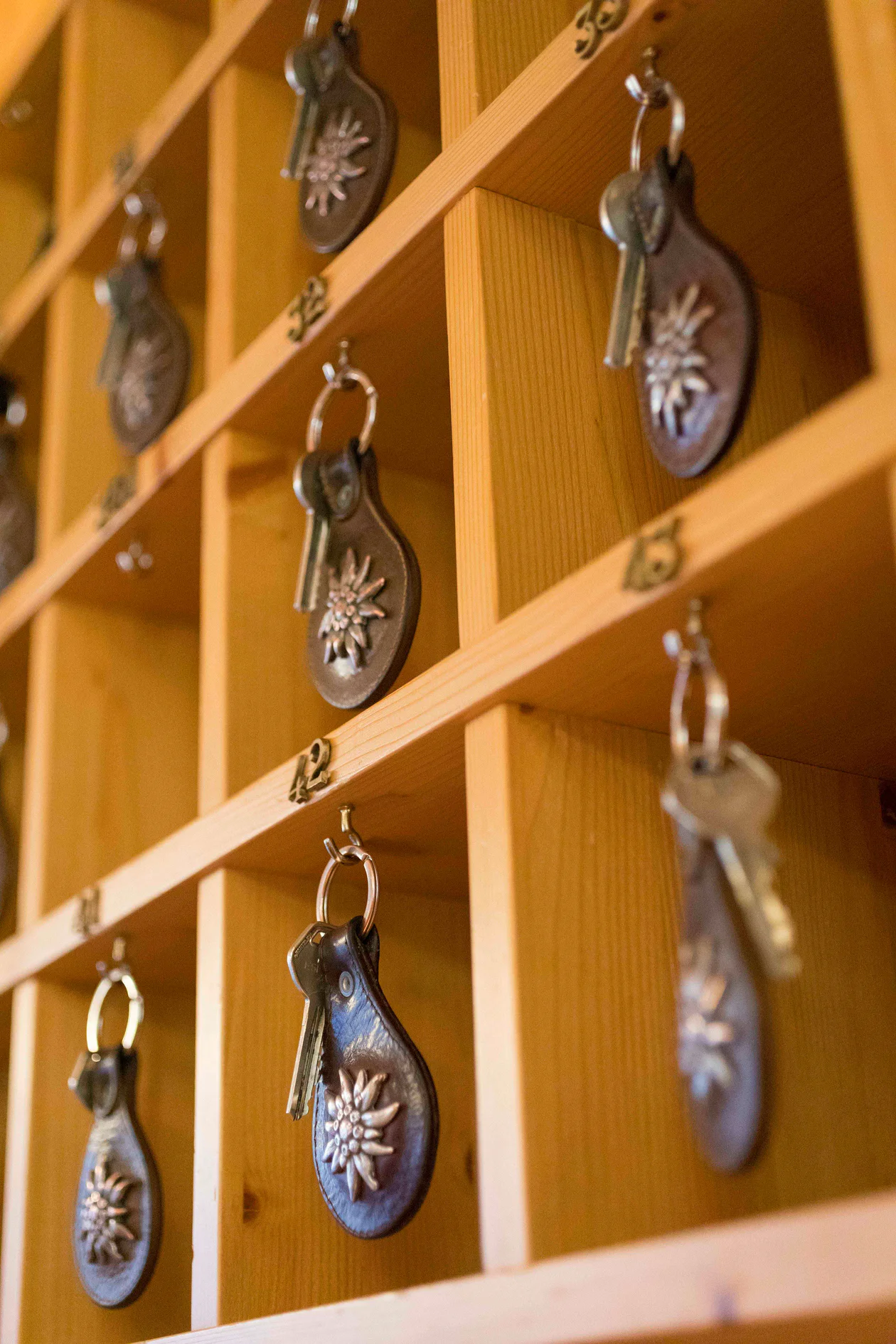Tasting sessions in the winery, open Tuesday, Thursday, Saturday from 11am – 3pm. Grape varietals cultivated Sylvaner 20% Sauvignon blanc 5% Grüner Veltliner 15% Gewürztraminer 10% Müller Thurgau 20% Pinto Nero 20% Lagrein 10% Wine range Sylvaner “Sepp´s alte Rebe” Sauvignon Blanc Grüner Veltliner Pinot Nero Gewürztraminer Lagrein Sunhong white Sunhong red
































































































